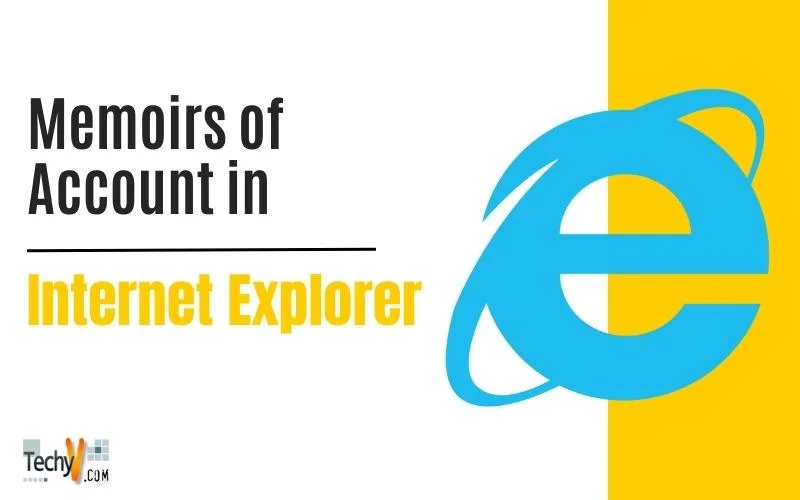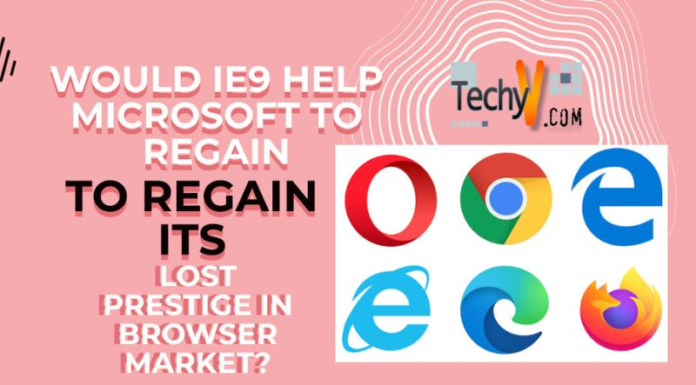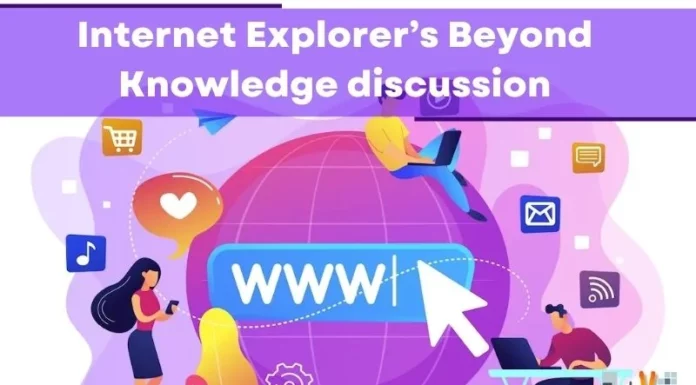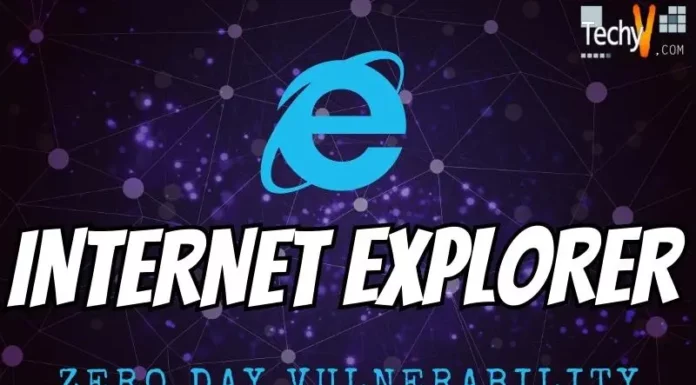Memoirs of Internet Explorer
Web browsers allow us to display and locate web pages from the World Wide Web. Web browsers such as Internet Explorer, also known as IE, have been a relatively part of our daily lives since its introduction. From the day of its birth, IE has changed the early approach in global communications. IE’s significance has been particularly obvious. IE, standing on about a decade and a half seems to be irrevocable from its position as one of the most popular web browsers.
Internet Explorer is the successor of another web browser called Mosaic. Mosaic was the first web browser to use a graphical user interface and it was under the Spyglass, Inc. Later on, Microsoft Inc. was able to acquire the source code of Mosaic through the license given by Spyglass Inc.
On the 16th of August in the year 1995, Internet Explorer 1.0 made its introduction as a graphical web browser from Microsoft Company in fulfillment of its dedication to adding up Internet capabilities to be part of every product it will manufacture. The Internet Explorer team was composed of original members of five to six persons. Internet Explorer 1.0 evidently became a reworked product from Mosaic. The first version of IE was an element of the Windows 95 Plus operating system. It was installed in Windows Jumpstart that was later changed by Internet Connection Wizard. For only 1 megabyte in size, Internet Explorer’s earliest version didn’t actually perform that much, displaying graphics or accessing dynamic content cannot be employed. When Windows NT was introduced after a couple of months, Internet Explorer 1.5 was also released that was supported by Windows NT for fundamental table rendering. The requirement for burdensome manual installation processes required by several of the accessible shareware browsers were changed by Internet Explorer.
On the month of October 1995, the second version of Internet Explorer was released for Windows NT 3.5 and Windows 95. A month later from its released date, Internet Explorer 2 became the first cross-platform browser which held up both 32-bit Windows users and Macintosh. Support for Security Socket (SSL) Layer, JavaScript, newsgroups, HTTP cookies, Virtual Reality Modeling Language (VRML) and frames were also supported by the second version of Internet Explorer. Many embedded multimedia formats such as AVI video format and WAV audio format were supported by the Macintosh version. Additional few features such as QuickTime VR support and NPAPI support were added in IE version 2.1while developing strength and fixing bugs.
One year later from the release of the first version of Internet Explorer, in August 1996 the third version which is Internet Explorer 3.0 was introduced as totally reworked IE technology. This version included features that were innovative during those days. Useful components such as Internet Mail, Windows Address book and News 1.0 that were utterly demanded by the market were version 3.0 features. Later that time, the Windows Media Player was an extra component. Image File Formats such as JPEG and GIF were presented in the IE browser and no assistance is required by aiding applications to play streaming audio files.
Another year had passed and the fourth version of Internet Explorer was implemented offering higher features from past versions. It is basically crafted for Windows 95, Windows 98, and Windows NT® operating systems. Web developers were introduced to a more advanced style in designing and developing of web pages. The DHTML or Dynamic HTML came into the scene that offered extra controls over substance. Due to this new era, web pages became further interactive establishing commands to navigate menus such as drag and drop or simple clicks. An improved version of Internet Mail and News was changed by Microsoft Outlook® Express 4.0.
Moreover, in September of 1998, Internet Explorer 5.0 was debuted. Web applications were created to be richer and perform better as DHTML capacities grew bigger. Customization was the key focus of DHTML based web application as they present more interactive web pages. The later and more advanced technologies were offered to e-commerce because of IE 5.0’s extended programming potential.
The millennium year for later technology developments brought Internet Explorer version 6 on the tech wave in 2001 together with Windows XP operating system. Details on the upgraded version of IE included having higher security as privacy was a main preference for users during those days. Tools were implemented such as bearing up of Platform for Privacy Preferences or P3P. A good quality internet experience was provided by Internet Explorer 6.0 that gave ease to simple web browsing by home users to IT industries that set out and support a better position of Windows internet advancement.
The IE 7 or Internet Explorer 7 in 2006 was considered to be the main updated edition of the browser in not less than five years. Since Windows Vista was employed as the new edition of windows operating system, it was therefore the default web browser in this operating system and also for Windows Server 2008. It replaced the position of IE7 but offered greater features such as tabbed browser, integrated search box, improved support for web standards and zooming. On the other hand, phishing filters were integrated for an enhanced security standard.
Continuous improvements were made on IE through the years until the latest version. Internet Explorer version 8, was released to the public on the year 2009, the newly updated browser was marketed to provide improved services for the increasing number of users. Internet Explorer 8 was developed for previous operating systems such as Windows Server 2003, Windows Server 2008, Windows XP, Windows Vista, and the latest among them, the Windows 7 operating system. IE 8 is the first version of the browser to surpass the Acid2 test. New features, including Web Slices and Accelerators were then added to IE 8.
The latest among all versions of Internet Explorer is the IE 9 or Internet Explorer 9. As accounted, it supports the entire CSS 3 selectors, via Windows Color System it can support embedded ICC v2 or v4 color profiles , and enhanced JavaScript presentation to name a few.
Internet Explorer has gone a long way for thorough developments and enhanced features that we take for granted nowadays. The Internet Explorer is indeed another technological breakthrough that is essentially taking part in our lives.

















